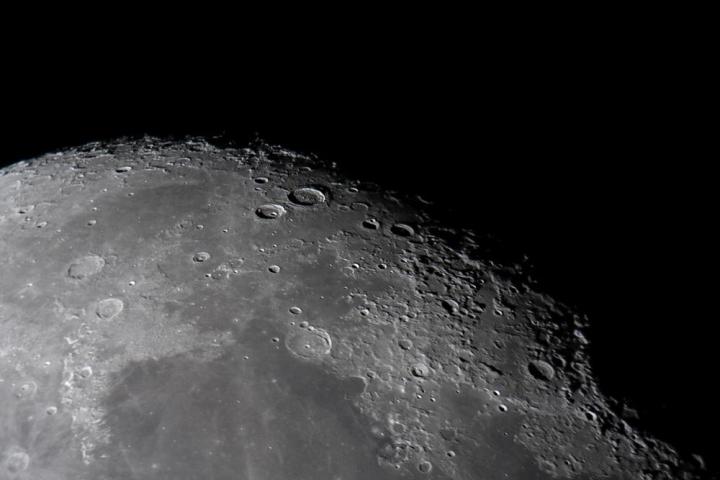
Seriously. The proposal, which comes from NASA’s Jet Propulsion Laboratory in Pasadena, California, aims to send an army of robots to the moon’s Shackleton Crater to install a series of solar-powered transformers. These transformers would then allow the robots to develop a hospitable environment ripe for scientific lab analyses, and create a base of operations on the crater — which happens to contain huge amounts of liquid hydrogen and oxygen. According to scientist Adrian Stoica — the man pioneering this proposal — farming this liquid hydrogen and oxygen would make inter-planetary travel a more viable possibility.

What makes Shackleton Crater such an attractive location for this large terraforming project is its massive size (roughly 130 square miles), as well as the fact it’s entirely flanked by peaks measuring some 14,000 feet in height. NASA essentially wants its band of robots to set up shop in a colossal crater nearly twice the size of Washington D.C. Moreover, scientists already concluded three years ago that Shackleton Crater — located on the moon’s South Pole — contains an abundance of ice (aka water), based on the fact the area is incredibly reflective. While robots have little need for water, it does ensure human life may one day have the ability to sustain itself once that particular step in the project arrives.
For the robots’ survival, each requires a substantial amount of warmth and electrical power to function properly. Because the interior of Shackleton Crater receives next to no direct sunlight — and measures at around -280 degrees Fahrenheit — the robots first task will be to set up a series of solar reflectors to direct light from the surrounding peaks into the crater. To set these up, NASA intends to deploy a flock of rovers to carry the reflectors around the rim of the crater to track down sunlight. Each reflector possesses the ability to reflect light six miles down onto the surface, which in turn powers a separate band of rovers with around one megawatt of energy. With several rovers beaming sunlight from the rim into the crater, NASA plans to design the rovers inside to build a sustainable oasis geared towards giving the robots a resource to recharge themselves, warm up, and operate equipment.
Though NASA recently awarded this proposal $500k for a two-year-long study, don’t get too excited about seeing this plan in action any time soon. The team behind the proposal is currently devising a blueprint for a usable reflector capable of fitting into a box that’s just three cubic feet, weighs no more than 220 pounds, and features a 10,700-foot, thin blanket with 95 percent long-term reflectivity.
You’d be right to figure this a tall task to accomplish — even for NASA — but there’s no getting around just how intriguing the prospect of putting autonomous robots on the moon is. You’ve got our attention, Adrian.
Editors' Recommendations
- NASA gives green light to mission to send car-sized drone to Saturn moon
- These 3 companies are developing NASA’s new moon vehicle
- NASA and Boeing start fueling Starliner spacecraft for first crewed flight
- NASA, Boeing delay Starliner’s first crewed flight again
- Meet NASA’s trio of mini moon rovers set to launch next year


